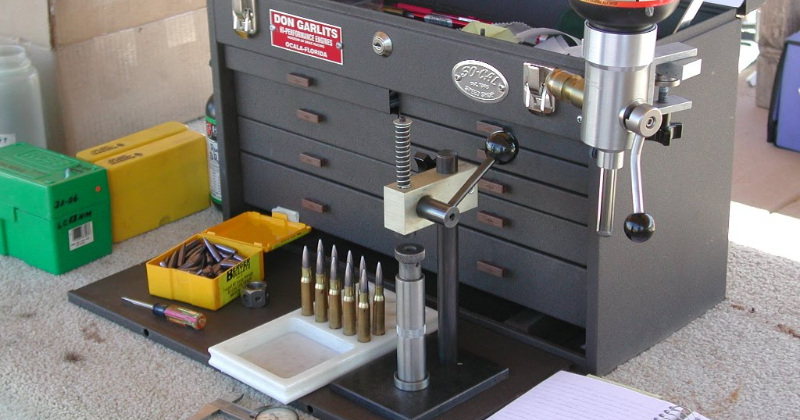Load Development – Part One

Load development as it states, is hand loading a specific set of components to suit your. In doing so you achieve a level of accuracy that factory ammunition can’t measure up to. You will also be able to tailor your hand loads to your specific shooting needs & requirements.
1. Before we start we need to touch on some fundamental points. That your rile and barrel are in good condition well cleaned & cared for also that the same rile is well bedded, be it a factory job or amateur or professionally bedded aftermarket.
2. One key point to keep in mind. Some of the most accurate ammunition in the world is that as used for Bench Rest matches and it is loaded with hand dies and a small mallet or arbor press often loaded at the range. You are responsible for the quality of ammunition you load. Good quality control in your reloading technique and constancy batch to batch will keep you right on target.
3. KEEP A NOTEBOOK !!!!!!!!!! We will imagine everybody has their press & dies all set up, our test case will be the ever popular .308 Winchester cartridge. And the rifle will be a Ruger American wearing a 3-9 Leupold scope. We tailor our loads for Fallow Deer.
4. As Fallow are very light bodied we will opt for a 125 grain Nosler Ballistic Tip projectile. In an attempt to get full expansion and therefore full energy transfer.
5. We will be using Remington brand brass. (When you select brass, make sure it is all of the same type/head stamp as brass varies in internal dimension from manufacture to manufacturer, and that will make your results very inconsistent and hard to develop any lasting results with. This consistency needs to be applied to the type of powder and primer you choose also.
6. We will use Winchester large rifle primers & ADI 2208 powder.
Next post – Step By Step
Warning: All the reloading data in this article should be used with caution. Never use the heaviest recommended powder charge until lighter charges of the same powder have been tried and found to be safe in each individual gun. All data contained herein is derived from various sources and is believed to be entirely safe when used in properly maintained firearms that are in good mechanical condition and chambered for the respective cartridge.
Since neither the author nor publisher have any control over choice of components, the manner in which they are assembled, or the arms the resulting ammunition may be used in, no responsibility- either expressed or Implied- is assumed for the use of this data.
